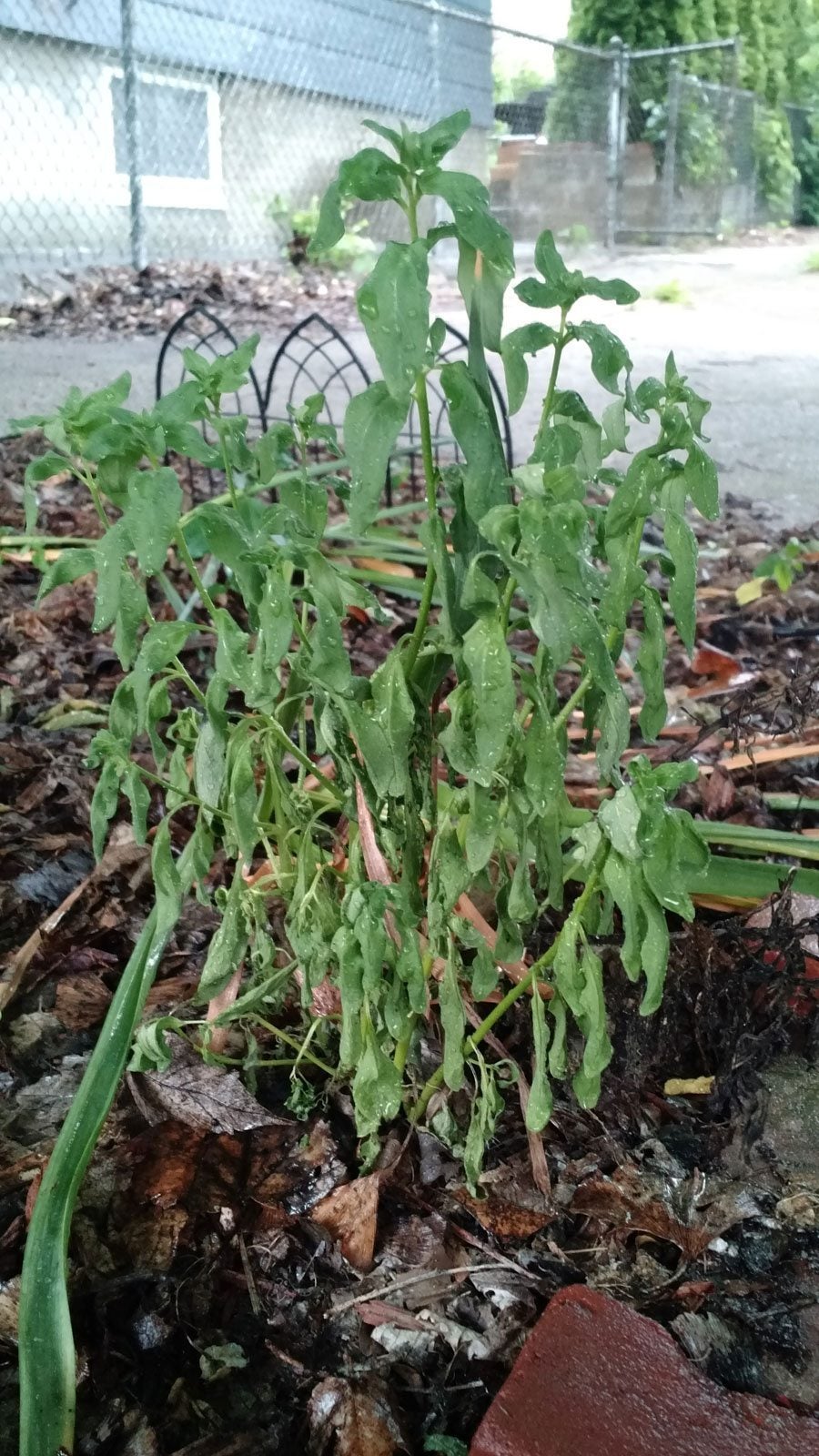Why Do Snapdragons Wilt: Learn What Causes Wilting Snapdragons


Growing snapdragons seems like it should be a snap – just plant some seeds or flats of young plants and in no time, you’ll have big, bushy plants, right? Sometimes it works out just that easily, but other times your gorgeous bloomers can start to show signs of stress, like wilting. Wilting snapdragons is definitely a red flag for growers and there are many reasons they may be doing this. Read on to learn the main reasons for snapdragons that wilt.
Why Do Snapdragons Wilt?
To understand why snapdragons are wilting, it’s important to understand what wilting really is. When a plant wilts, it’s because of a lack turgor pressure within the plant’s cells. Plants need a certain amount of water within their cells to maintain their functions, much like animals; but unlike animals, they also use that water to help maintain their shape. When a plant is lacking water, either because there isn’t enough available due to a drought or because there’s a blockage in vascular tissue from a disease like Verticillium wilt, the plant will continue to try to respirate, which causes it to release water into the atmosphere. Since it can’t take the same amount of water back in as it just expelled, it eventually starts to dehydrate. After enough time, wilting becomes obvious. Some causes are pretty easy to fix, others are fairly insidious.
Reasons for Snapdragons That Wilt
If your snapdragons are wilting, there could be a number of reasons. Let’s go over some of the most common: Available water. When your plant can’t soak up enough water from the environment, it will start to show. Wilting is the first sign of a lack of water in plant cells, due to a lack of turgor. Water snapdragons in beds deeply when the top 2 inches (5 cm.) of the soil are dry, snapdragons in pots should be watered daily during hot weather. Downy mildew. If the leaves of your plant are turning yellowish as they wilt and the undersides have a downy or fuzzy covering, they may be infected with downy mildew. This fungus prefers cool, wet weather. Early infections may be able to be treated with a fungicide, but if the fungus is throughout the plant, you’re better off to get rid of it, sterilize the soil, and start again. Clean up all plant debris, since the fungal spores can survive and repopulate from here. Root rot. There are two main types of root rot in snapdragons, Pythium and Rhizoctonia. Pythium tends to attack the roots, where Rhizoctonia tends to attack the base of the plant, near the soil line. You may notice a lesion there if you uproot your ailing plant. These plants will look otherwise normal and then just suddenly collapse. There is no cure, but you can prevent future outbreaks by increasing drainage to the site or container and reducing the frequency of waterings, since the presence of excessive moisture encourages these fungi. Wilt fungus. Verticillium is a notorious problem child among gardeners. If your snapdragons are growing as annuals and they contract it late in the year, you may simply ignore the fungal disease and let it play out, then destroy the infected plant material and sterilize your site. Since Verticillium often kills slowly as it clogs snapdragon vascular tissues, you can help your plant live longer by watering only as necessary and removing infected tissues. When wilt strikes earlier in the year, removing the sick plant, sterilizing the soil, and starting again is a much better option. There is no cure.
Sign up for the Gardening Know How newsletter today and receive a free copy of our e-book "How to Grow Delicious Tomatoes".

Kristi Waterworth was a regular contributor to Gardening Know How for many years, answering countless queries on plant pests and diseases.